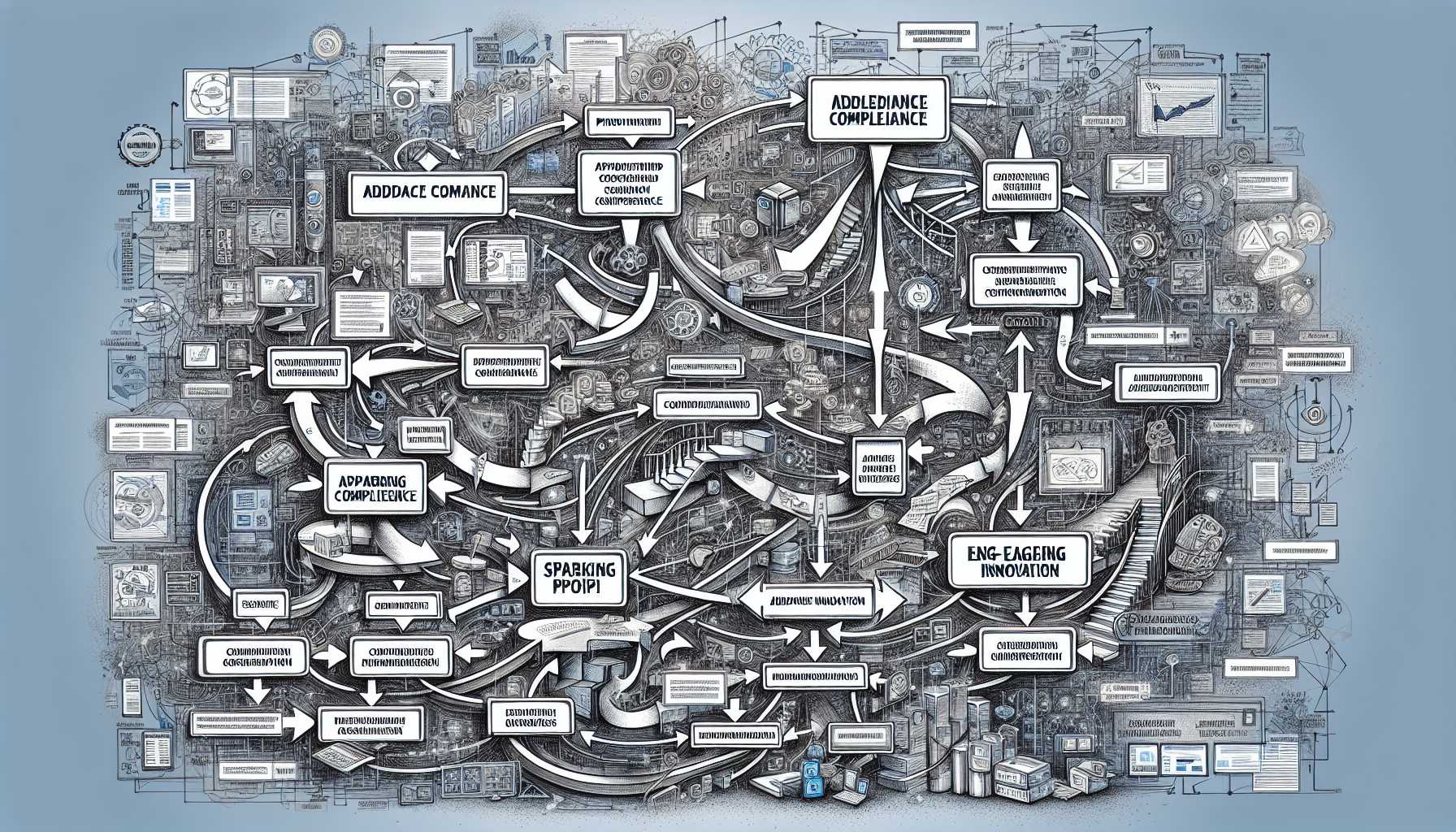Welcome back to our seasoned circle of product managers. Today, we embark on a complex trek through the demanding terrain of managing products within regulated industries such as healthcare and finance. It’s a landscape filled with both formidable challenges and unique opportunities.

Navigating the Regulatory Environment
One of the most daunting aspects of working in regulated industries is the constant need to navigate through a dense forest of legislation, standards, and audits. The complexity of the legal and compliance obligations can stifle innovation if not managed adeptly.
I recall a project in the healthcare space where the overarching regulations such as HIPAA in the United States, among others, required stringent data protection controls. This environment demanded close collaboration with legal teams and often dictated design choices to ensure compliance.
Quality and Safety Above All
In these sectors, it’s not merely about customer satisfaction or market fit; it’s equally about the safety and reliability of the product. Creating a new financial product or healthcare application requires a meticulous commitment to quality, as the stakes involve highly sensitive personal data and, at times, life-and-death situations.
In my tenure with a financial technology firm, our development of a mobile payment system had to prioritize security to earn the trust not only of the consumers but also of regulatory bodies. It was essential for us to approach product management with a mindset that embraced rigorous testing and documentation stages.
Opportunity in Compliance
While regulations can seem confining, there’s silver among the lead — compliance can be a competitive advantage. By rigorously adhering to standards, products can distinguish themselves for their reliability and security.
Experience has shown me that proactively engaging with regulators can turn potential roadblocks into avenues for differentiation. For instance, early alignment with upcoming regulations in a health information system we were developing helped us stay ahead of the competition when the new rules came into effect.
The Costs of Compliance
Another crucial consideration is the resource allocation toward compliance-related activities. This investment is significant and can sometimes divert focus from customer-facing features. It’s the product manager’s role to balance this investment while keeping a keen eye on the end-users’ needs.
A fintech solution I worked on required intensive compliance measures due to the evolving landscape of international trade regulations. The cost was considerable — not just financially but also in terms of time-to-market. Yet, the alternative was non-compliance, a risk no company in finance can afford to take.
Innovation within Boundaries
Regulated industries don’t necessarily quash creativity; they redefine the boundaries within which innovation occurs. An imaginative product manager can guide their team to find novel solutions within the constraints.
While leading the development of a healthcare app, we came up against a stringent regulatory requirement that constrained user experience design. It sparked an innovative approach to patient data entry — one that eventually became a highlighted feature of the product.
Engagement and Education
Lastly, managing a product in a regulated field requires ongoing engagement with a range of stakeholders, from consumers to regulators. Education is also a vital component – helping users understand why certain features or processes are necessary for compliance can enhance trust and adoption.
Engagement efforts were crucial during the rollout of the financial compliance software I oversaw. By educating users on the ‘why’ behind certain complexities, we facilitated a more receptive market entrance and a smoother regulatory journey.
Conclusion
The intersection of regulation and product management can indeed be a challenging crossroad. It demands a deep understanding of the legal landscape, dedication to rigorous product standards, and a shrewd allocation of resources. Yet, it also provides fertile ground for strategic innovation and instilling consumer trust.
As product managers, we must embrace the inherent challenges, harness the opportunities for differentiation, and secure our place as shepherds of progress in a world of rules and restrictions.
